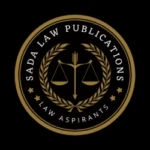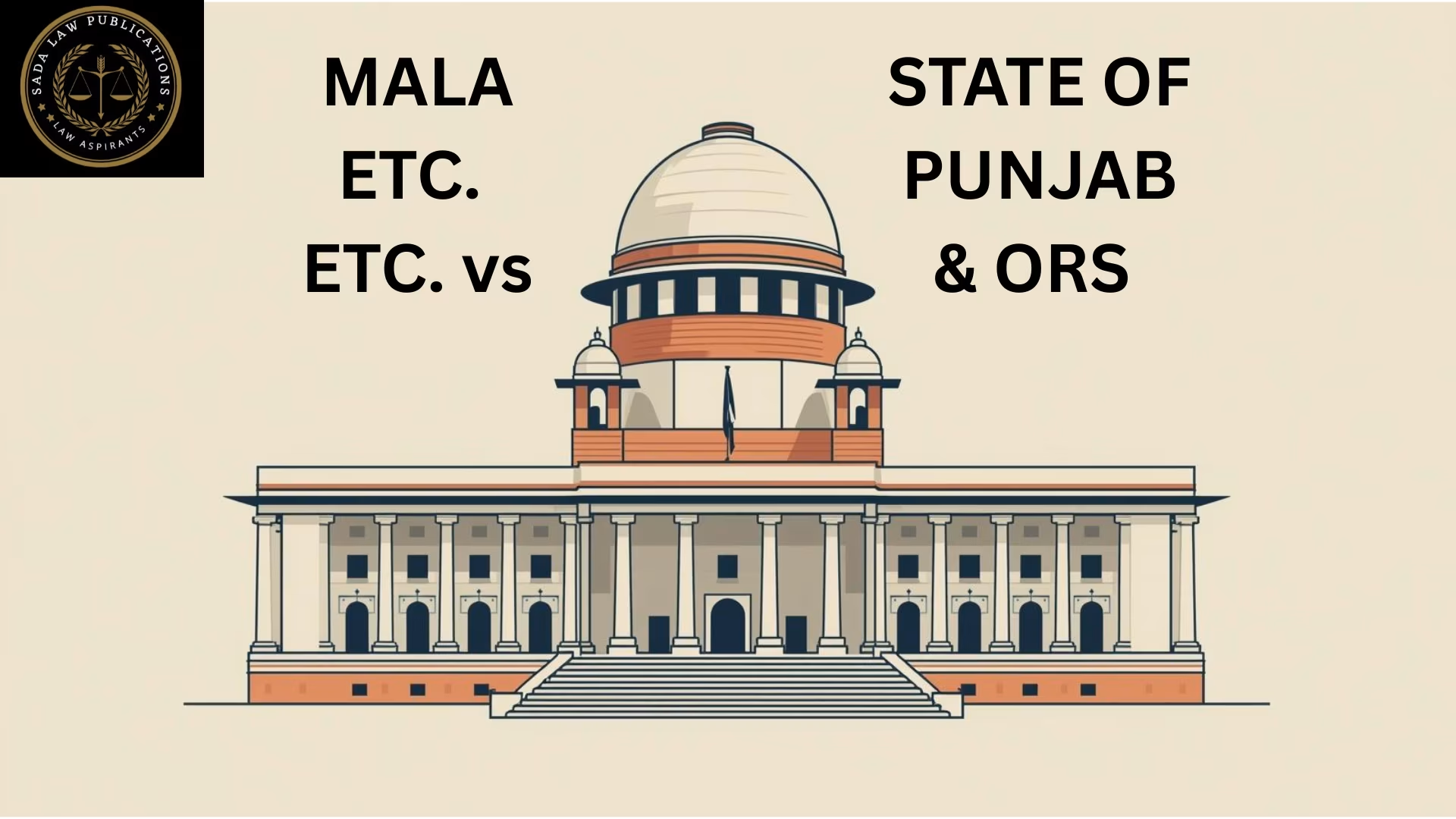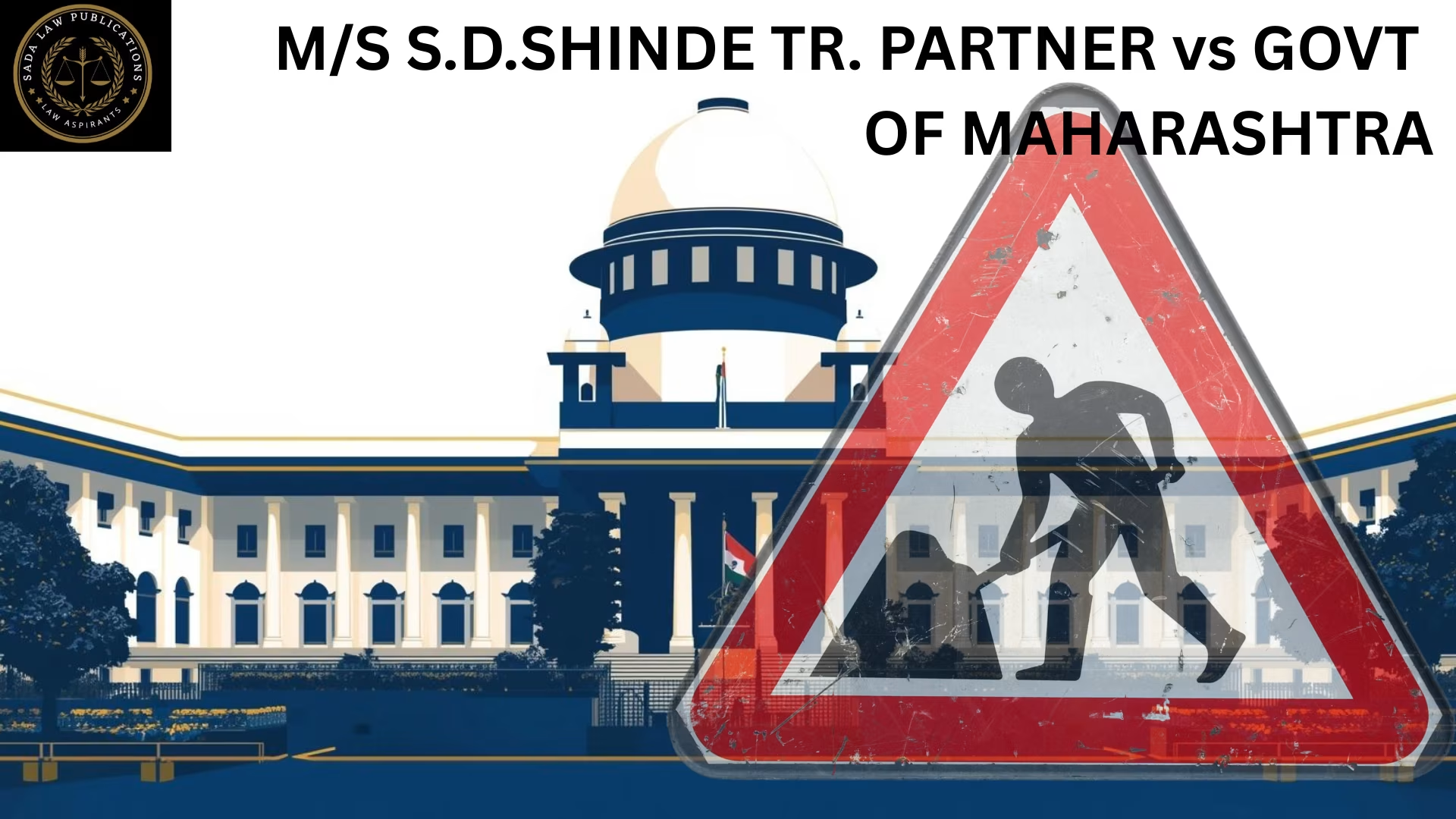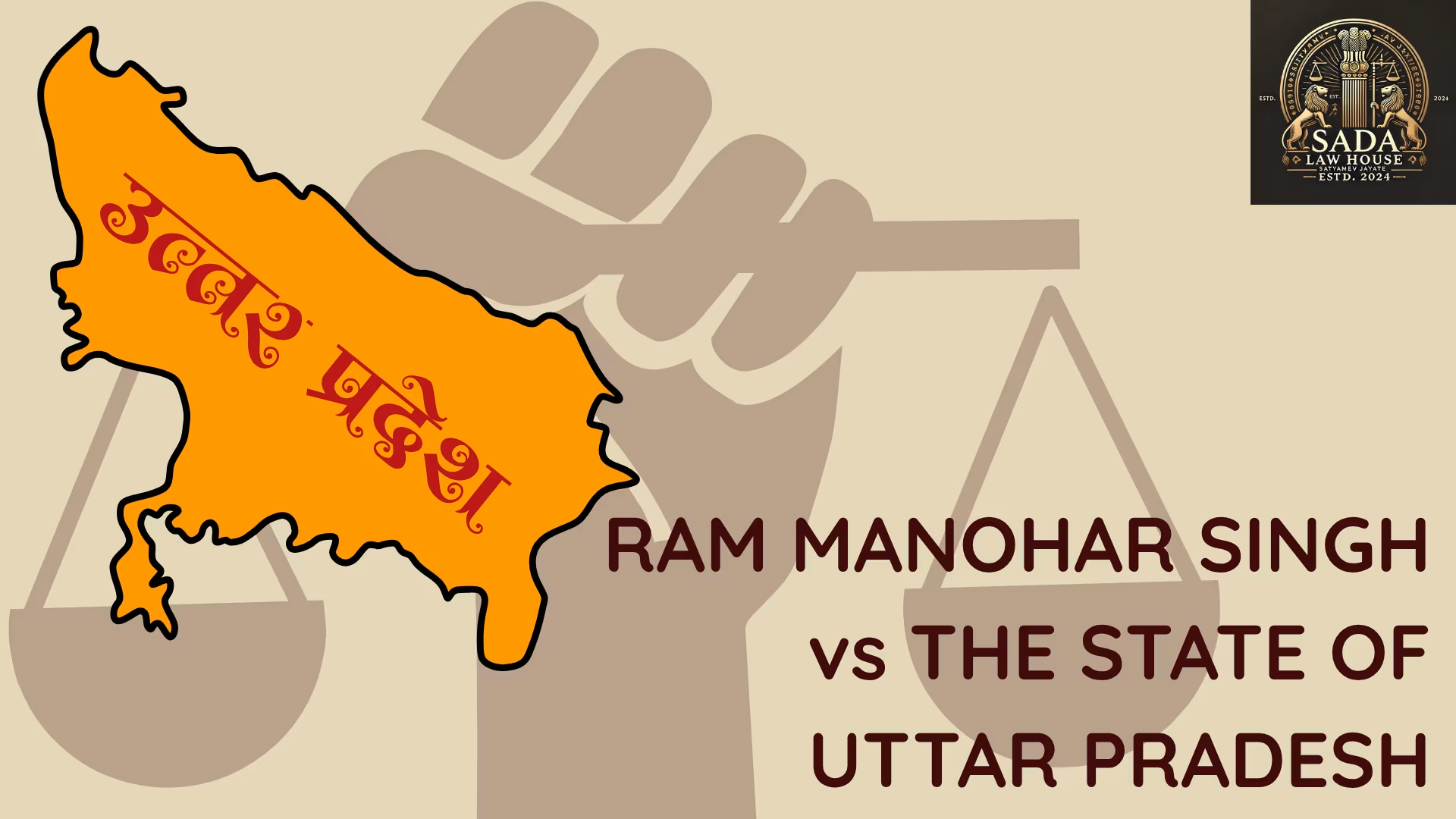Supreme Court Orders Judicial and Investigative Oversight in Manipur Ethnic Violence Cases (2023 INSC 698)
- PRABHAT KUMAR BILTORIA
- 14 October, 2025
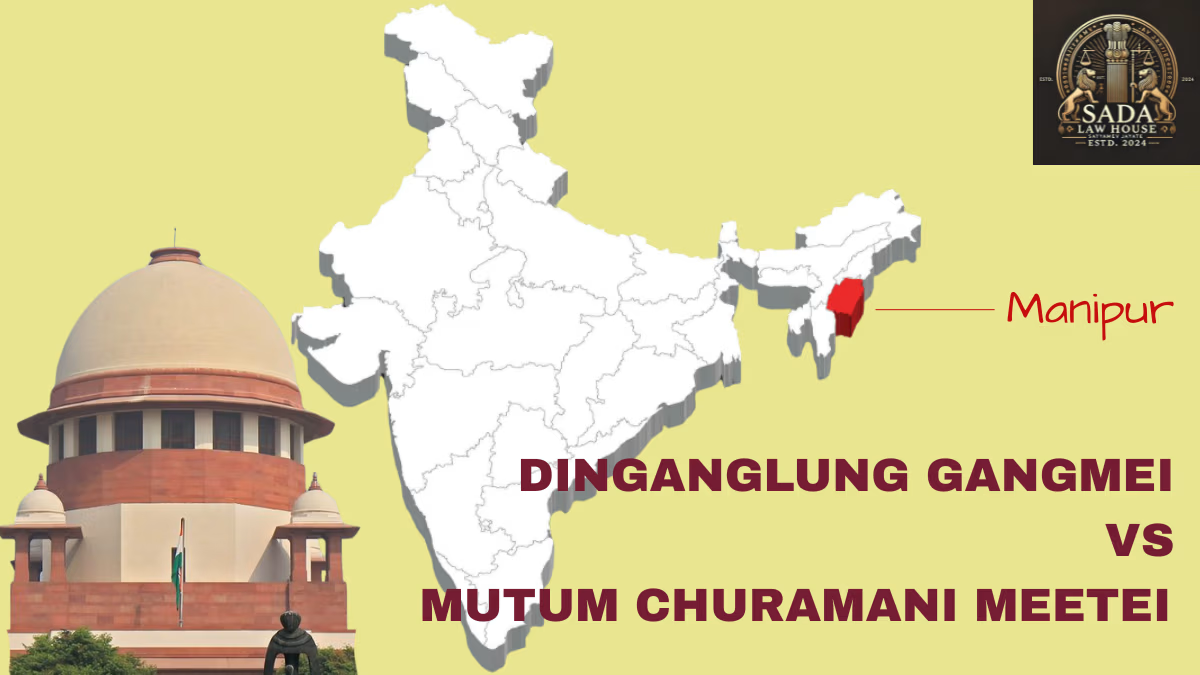
Introduction
The case of Dinganglung Gangmei vs Mutum Churamani Meetei arose out of the severe ethnic violence in Manipur following the Manipur High Court’s directive to consider the Meitei community for inclusion in the Scheduled Tribes list. This led to large-scale unrest, human rights violations, and displacement. Petitions were filed under Article 32 of the Constitution seeking protection of victims’ rights, restoration of order, and judicial oversight in the investigation of crimes.
Background
On March 27, 2023, the Acting Chief Justice of the Manipur High Court instructed the state administration to recommend the inclusion of the Meitei community in the Scheduled Tribes list. This decision sparked widespread protests among tribal groups who feared erosion of their constitutional protections. The violence resulted in killings, arson, sexual assaults, and mass displacement, prompting the Supreme Court’s intervention to ensure justice and uphold constitutional principles.
Key Developments
Numerous writ petitions were filed before the Supreme Court under Article 32.
The Court found the responses of both the State and Central Governments inadequate.
A three-member Judicial Relief and Rehabilitation Committee was formed, comprising:
Justice Gita Mittal (Former Chief Justice, J&K High Court)
Justice Shalini Phansalkar Joshi (Former Judge, Bombay High Court)
Justice Asha Menon (Former Judge, Delhi High Court)
The CBI was directed to investigate 11 FIRs related to sexual violence, with oversight from Dattatray Padsalgikar (Former Maharashtra DGP).
42 Special Investigation Teams (SITs) were set up for district-level investigations, with officers from outside Manipur to ensure impartiality.
Issues
Whether the Manipur High Court’s direction for inclusion of the Meitei community in the ST list was constitutionally valid.
What remedial measures should be taken to address the humanitarian crisis, ensure accountability, and protect victims’ fundamental rights—particularly those of women affected by violence.
Current Status
The Supreme Court’s directions are being implemented under continuous judicial supervision. The Court has mandated regular progress reports from both the CBI and the Judicial Committee. Relief camps, medical aid, and victim compensation are being monitored to ensure transparency and accountability in the justice process.
Conclusion
The Supreme Court’s intervention in this case represents a landmark exercise of constitutional responsibility during ethnic conflict. It emphasized victim-centric justice, structural accountability, and the protection of fundamental rights. The ruling stands as a powerful reaffirmation of the judiciary’s role in preserving the rule of law, ensuring fairness, and delivering justice even amid social and political turmoil.
Case Laws



